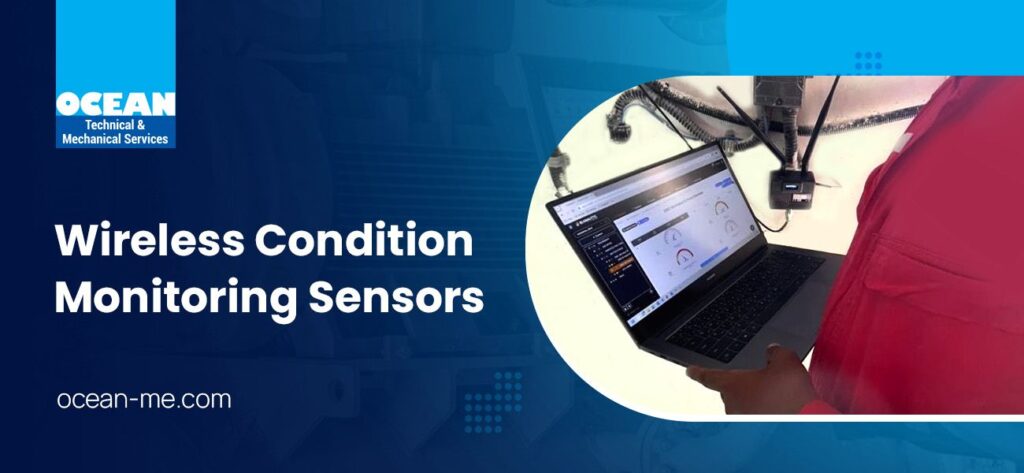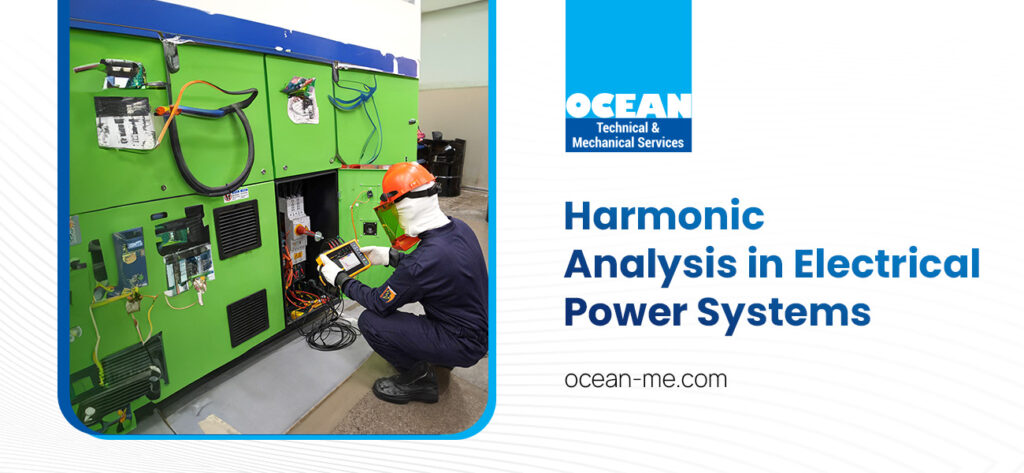Our Services
Partial Discharge Monitoring
Partial Discharge Monitoring
Partial Discharge Monitoring is the ideal method of preventing any electrical damage to assets caused by deterioration of the insulation system. At OCEAN Technical & Mechanical Services, we always strive to provide the safest working environment to our clients. Our Partial Discharge (PD) detection systems are preeminent in the industry and it provides early warning indicators of any minute electrical insulation deterioration. Our products are designed to minimize unplanned outages, which range from routine spot testing instruments to highly precise, sophisticated, and permanently held systems catering to different industries. The systems are compatible with Medium volt (MV), High volt (HV), and Extra high volt (EHV)assets operating above 3 kV. This includes switchgear, transformers, cable terminations, and land cables. Whether adopted at the start of a project or later in the asset’s life cycle, we support critical networks to reduce the consequence of failure. Read more about Partial Discharge Monitoring.
Our Industry-Leading Pd Monitoring Systems
Portable Online Partial Discharge Tester
IPEC Portable online partial discharge detector is the most advanced and ergonomically designed dual transducer that can be used to detect, quantify and locate defects in medium voltage switchgear and accessories via Ultrasonic sensors. The instrument can detect signals generated by internal discharge as well as acoustic discharge.
IPEC online PD tester adopts the most advanced data processing algorithm on the market. It uses a combination of high sensitivity and high resolution to achieve the best PD detection effect. Our advanced software can recognize typical characteristics of electrical noise and warn the user that the levels recorded could be caused by a non-PD source. In acoustic mode, the PD STS detects any surface discharge that indicates the onset of tracking. trend mode is used to highlight the maximum discharge level recorded during the testing. Read more about Partial Discharge Testing.
The PD-SGS is designed to make visual and audible indications of the locations of partial discharges that can occur online in switchgear, control centers, generators, and motors. The instrument is well suited for service engineers and plant maintenance personnel who need to find high surface tracking (spot-track) partial discharge locations within HV cables.
Benefits of Portable On-line Partial Discharge Testing :
- Measurement of TEV signals generated by internal AIS PD
- Accurate detection of surface PD activity via Ultrasonic waves
- compatible with HFCT and UHF sensors.
- Advanced algorithm for Noise Separation
- Level Mode and PRPD Mode
- Bright HD display with dB readings
- Audible output via headphones or built-in speaker
Cable Partial Discharge Spot Testing And Location Tester
Particle Discharge Location (PDL) is a method of locating PD in high noise environments. It is often used as a pre-inspection step prior to more detailed testing in High voltage assets. Read more about Partial Discharge Monitoring.
Our patented signal processing algorithms detect PD in live switchgear and cables, with high reliability, very low false alarm rates, and fast acquisition times. In addition, our novel PD detection probe is the only one with an integrated display and data logging capabilities. It can also emulate the typical idle noise level of the application and pinpoint the location of the PD event for faster root cause analysis and direct troubleshooting.
Benefits of Cable Partial Discharge Spot Testing and Location tester :
- Effective PD detection in high noise environments
- Test cables cover a distance of up to 4 km
- Advanced and accurate PD mapping
- A built-in cable measurement system
PD-Permanent Monitoring And Alarm System
Permanent PD Is specially designed for places having High voltage networks, especially substations. The System provides around the clock diagnostic insulation condition assessment of service plants including switchgear cables, transformers and rotating machines the monitor is compatible with our range of online partial discharge sensors for all applications.
The system can measure the PD trend and transfer data to a partial discharge monitoring server for advanced diagnostics and data management which highlights flagged partial discharge activity. Our systems will provide actionable insights to plant owners by analyzing the trends from the diagnostic data which is integrated into our measurements database.
Permanent PD comes with powerful algorithms which can distinguish noises and prompt local and remote alarms in addition to local indication. Our permanent Pd Monitoring comes with a user-friendly interface that displays the data and allows the user to view various levels from a summary of multiple sites down to an individual asset; the measurements database provides asset benchmarking by comparison against our wider measurements.
Benefits of PD-Permanent Monitoring and Alarm System:
- Effective Noise reduction algorithm
- Advanced & center server Data management
- Actionable insights
- User-friendly Interface
- Easy integration with SAP
- Communication via SCADA or SMS





